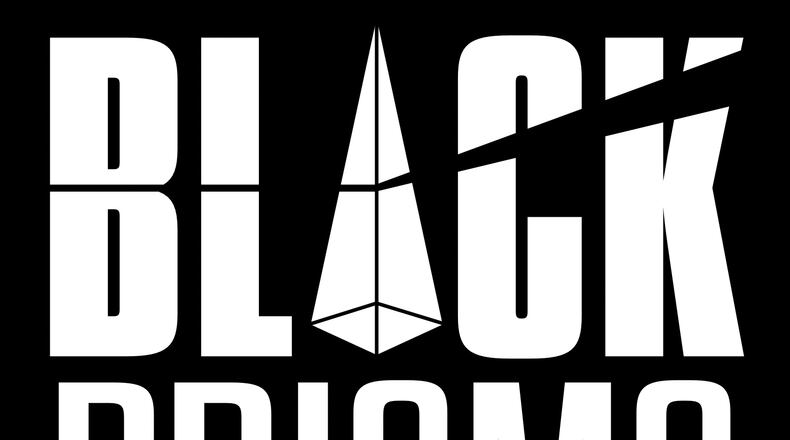When thinking about the legacy of slavery in Savannah, many things come to mind. One of those things probably isn’t “Avatar: The Last Airbender.” Still, the TV show has partly inspired the upcoming “Black Prisms: Color Bending” at the Jepson Center.
The interactive spoken word and audio experience on July 24th is a partnership between Telfair Museums and the Deep Center. It’s part of Telfair’s “Legacy of Slavery in Savannah” initiative.
“It considers how the legacy of slavery still manifests in our city, and what we continue to do to work toward justice. We’re seeking to engage local Savannahians and artists and scholars and activists to kind of talk about and reframe the history,” said Ahmauri Williams-Alford, the Telfair curator overseeing the project.
The project teams Telfair with local organizations like Deep Center.
“This has been a growing partnership with the Telfair Museums. We've had the opportunity to perform at some of their past festivals, as well, as performing at other events in partnership with them,” said Deep Center Program Manager, Marquice Williams.
When the folks from the Telfair Museums approached Deep Center about collaboration on this newest project, Williams said he was interested, but they had to figure out how to approach it.
“Slavery is a pretty hard topic to talk about. And because we’re all from Savannah, we get all the slavery talks, and sometimes it can be a little overwhelming.
“Do we want our show to represent all the trauma and everything? Do we want to just relive this trauma or do we want to imagine something new, or re-imagine all the colors that that came out of such a traumatic experience?”
Williams said the youth at Deep Center decided to research and talk about how their daily lives are “literally the walking manifestations of the legacy of slavery.”
Malick Niang, a Deep Center youth poet who has come back as an assistant teaching artist, helped come up with the name Black Prisms.
“A lot of times, [Black history] is connected with the trauma that Black people have been through.
“When you watch a ‘Black movie’, it's always a movie about slavery or regular life in the hood. Even if you listen to the music that we listen to, a lot of times it can get very negative. We wanted to go against that. And I remember during the conversation that we were having [about the theme of the show], I remember that I started discussing ‘Avatar: The Last Airbender’.”
“Avatar: The Last Airbender” is an animated series that ran on Nickelodeon from 2005 to 2008. The show is set in a world split into four nations: the Water Tribes, the Earth Kingdom, the Fire Nation, and the Air Nomads. Some people, called benders, can manipulate the four elements telekinetically.
The main characters of the story reminded Niang of Deep Center’s poetry slam team.
“Although we're small, everybody has their own distinct sound which I think I can relate to ‘Avatar’ how they have the four elements.”
Another assistant teaching artist, Jayla Lawton, liked that idea.
“Jayla actually came up with the idea of having another element which is color bending.”
Marquice Williams also liked the idea of theming the show around color bending.
“We're going to take this black and white world that has been created or that has been narrated for us. And we're going to reflect, we're going to put the color back in it.”
This article originally appeared on Savannah Morning News: 'Black Prisms: Color Bending' explores Savannah's legacy of slavery with inspiration from animated show
The Latest
Featured





